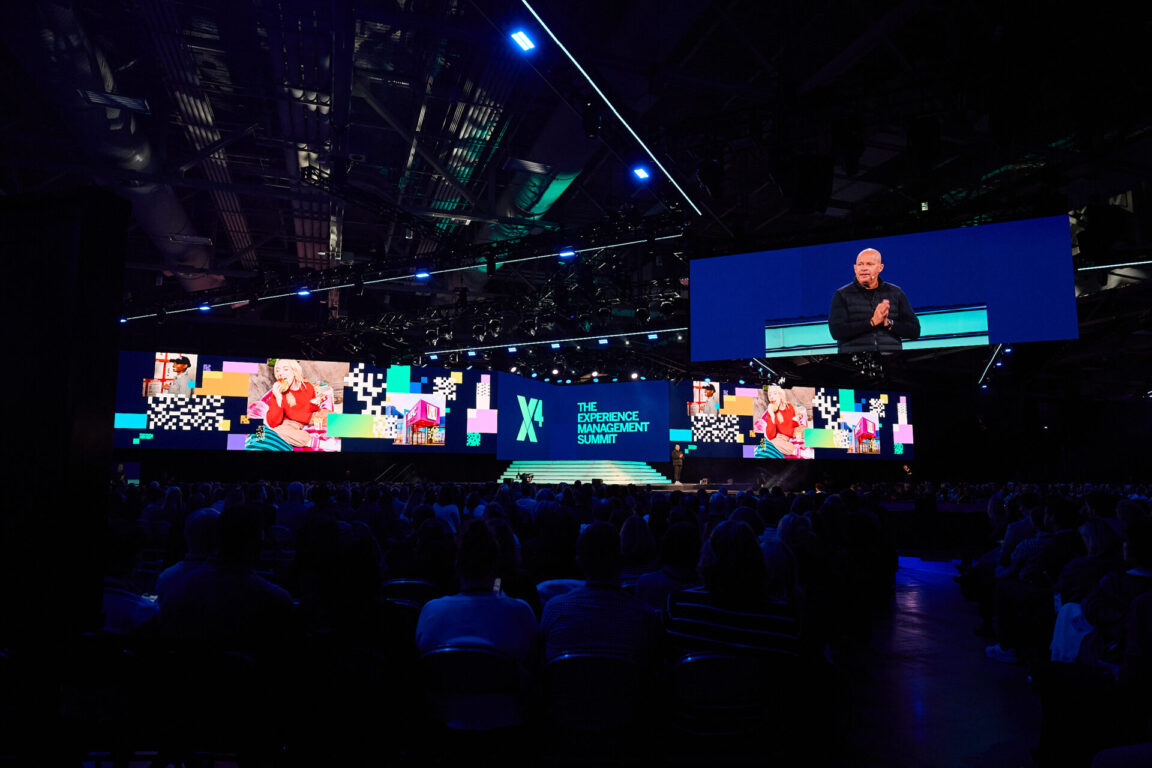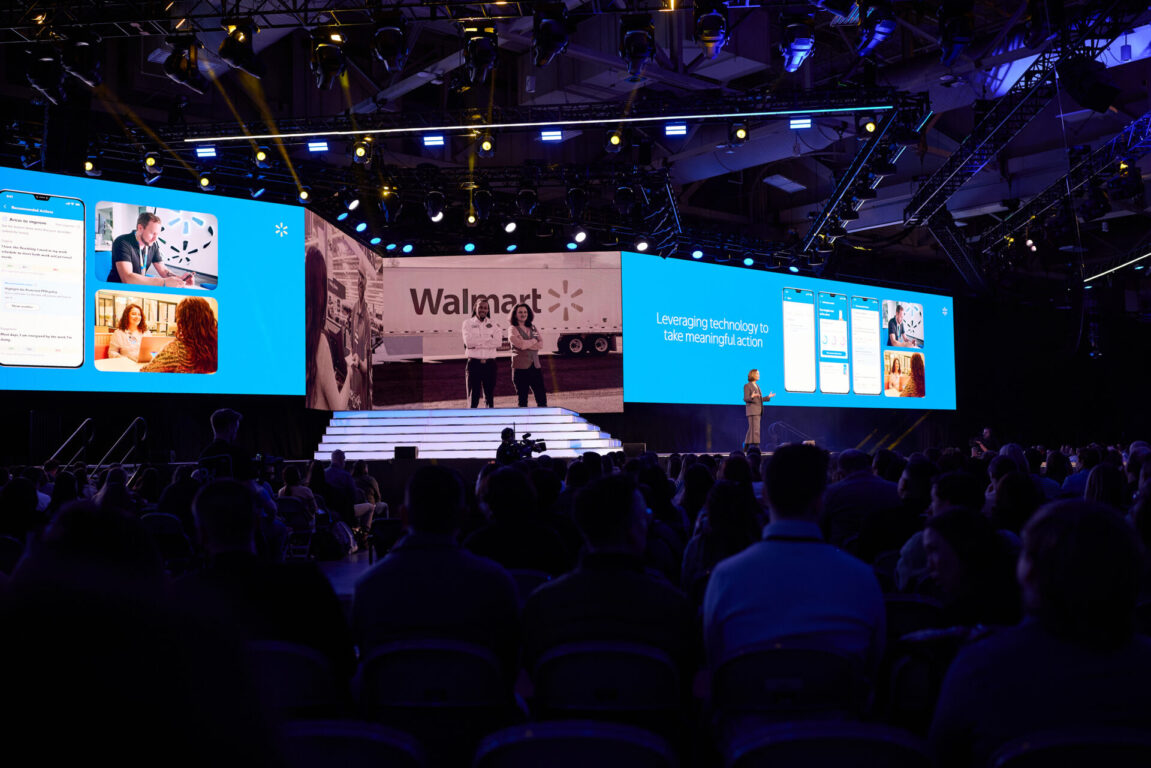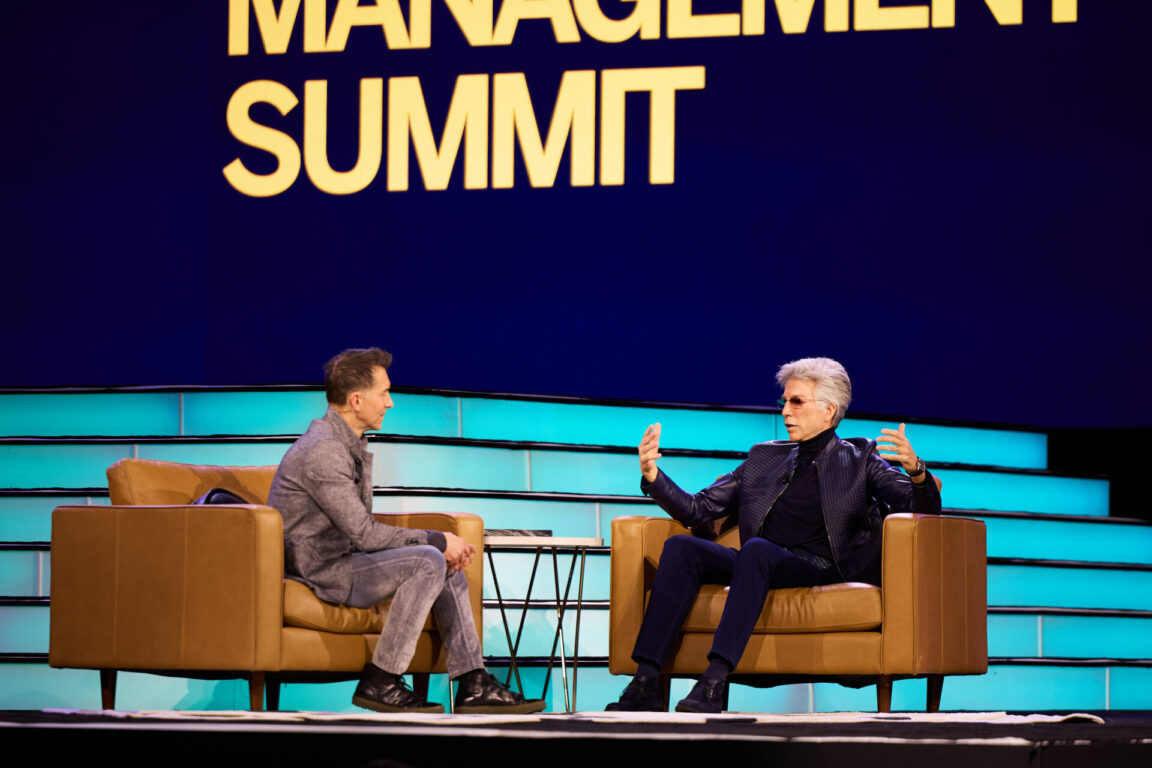Qualtrics CEO: AI agents will transform the businesses of the future
UNLEASH’s Editorial team was in Salt Lake City for Qualtrics X4 – here are our top takeaways from the event on the topic of the moment: agentic AI.
Conference Insights
Agentic AI was top of mind at Qualtrics X4 in Salt Lake City, Utah.
The tech giant actually announced its own agentic AI offering, Experience Agents.
UNLEASH's Editorial team was at the US show. Read on to find out our top insights from the event, including from Qualtrics CEO, President of Product, Chief Behavioral Scientist, as well as ServiceNow CEO, Walmart CPO, and the self-proclaimed King of CX.
Zig Serafin, CEO of Qualtrics, kicked off the tech giant’s X4 show in Salt Lake City by declaring that agentic AI is the “new blueprint for experience management”.
While what the likes of Salesforce and Microsoft have been doing with agentic AI is “pretty amazing” – in the words of Serafin – Qualtrics’ approach is different.
Rather than building “transactional AI agents”, which may drive efficiencies but don’t have “the depth of human understanding” and cannot help build human connections (the theme of this year’s X4 show), Qualtrics is introducing ‘Experience Agents’.
For Serafin, “these are specialized, autonomous digital workers”. He called on the 6,000 people in the audience to think of these agents as “an extension of your workforce”.
“They bring a whole new level of intelligence and decision making and actioning that’s tailored to the thousands of experiences that take place across your entire business.”
Qualtrics’ CEO is confident that “Experience Agents will help you build your business for the future” – this is because they help organizations to achieve “faster decision-making” and truly take action based on feedback from both their employees and their customers.
Generative AI did a great job at unlocking “understanding at scale”, but “what we think happens in this agentic world is that unlocks taking action and serving at scale”, Brad Anderson, President, Products, UX, Engineering and Ecosystem at Qualtrics, shared during a pre-X4 media briefing.

Brad Smith, President, Products, UX, Engineering and Ecosystem, Qualtrics on stage at X4 in Salt Lake City.
Turning employee insights into action with agentic AI
By unlocking action based on feedback at scale, AI “gives us not only the scale of connection” but “we also can have that depth of connection”, according to Ken Hughes, self-proclaimed The King of Customer Experience, day two opening keynote.
Donna Morris, EVP and CPO of Walmart, picked up on this theme when she took to the stage on day one of X4 in Salt Lake City.

Walmart CPO Donna Morris doing her keynote at Qualtrics X4.
Morris shared that the retail giant, which employs 2.1 million people worldwide, is now using Qualtrics for its annual employee survey. In fact, this year’s survey, the first to be powered by Qualtrics, reached a record 1 million employees, or associates as Walmart calls them.
The partnership with Qualtrics has also helped Walmart to introduce ‘My Insights’ to empower managers with 60,000 AI-powered individual dashboards.
This capability has enabled managers to use “conversational AI to speed the ability for them to get insights”, and also “be transparent about the actions that they’re taking with that feedback”.
Morris is excited to leverage Qualtrics Experience Agents in the future – “frankly, with the technology you’re bringing to market, they’ll probably be agents that will be able to give me insights on a real time basis, which is super exciting”.
“While technology shapes our future, and many organizations talk about the elimination of roles and responsibilities, we believe that it’ll be our humanity that will define our organization, and that’s why we say we are people-led and we are tech-powered,” stated Morris.
The world may be divided, but for Morris, “we actually find our company to be stronger than ever”.
I think that’s because we’re aligned around our purpose, our values, and, frankly, connection, allowing yourself as an organization to leverage technology so that you can really focus on the people,” concluded Morris.
This was echoed by Grammy-winning producer Rick Rubin, who kicked off day two of Qualtrics X4. He shared an anecdote about when an AI tool beat a human at the game Go for the first time.
Rubin got emotional watching it, and he realized that was because “it wasn’t that the computer won because it was smarter than the human. The computer won because it knew less”.
“I realized that it told me the potential of if humans could get out of our own way, if we could let AI [support us], we are unlimited.”
Bill McDermott, Chairman & CEO of ServiceNow, took the main stage on day two and shared his two cents on the future of AI.

Bill McDermott, Chairman & CEO at ServiceNow, being interviewed at X4 by Qualtrics CEO Zig Serafin.
He sees agentic AI as “giving people agency” – agents are “capable of doing actions. They’re capable of now reasoning. They’re capable of making mistakes, but actually course correcting those mistakes, and they’re also capable of doing things at mass scale” that humans struggle to do at speed.
Within ServiceNow, McDermott shared that he is “badging in digital employees in every function of the company”, and ensuring to “put AI to work for people”.
Of course, implementing agentic AI effectively is much easier said than done.
As noted by Qualtrics’ Anderson during the pre-event media briefing, the tech giant is very aware that to truly move the needle on experiences, “we need to meet customers where they’re at”.
The world may be talking about agentic AI, but “it is going to take us a while, as a world, to get to that”.
Qualtrics’ agentic AI vision is a long-term one, and that explains why the tech company is partnering with AI startup LangChain to build its agents. The future is going to see millions of agents, and for them to work effectively together (and with humans) they need to have a common language.
Talking about the partnership news, Gurdeep Singh Pall, President, AI strategy at Qualtrics shared: “Experience Agents are a transformative shift in how companies interact with their customers and employees, and make it possible to continually elevate their experience across every channel and touch point.
“Partnering with leading organizations like LangChain creates an open ecosystem in the development of agents, and ensures Qualtrics Experience Agents can work seamlessly with the tools and systems our customers already have in place.”
Employees more on board with AI than customers
During the Qualtrics X4 event, UNLEASH had the opportunity to sit down with two experts from the tech giant’s research wing, XM Institute.
We asked them about the topic of the moment, AI, and specifically the new agentic type.
Speaking exclusively to UNLEASH, Dr Cecelia Herbert, Principal Behavioral Scientist, XM Institute at Qualtrics, shared that half of employees globally are using AI, daily or weekly, but they don’t trust senior leaders to be able to implement AI effectively.
That’s according to recent Qualtrics research reports.
According to Herbert, the data also shows that “when people think about AI in general, they’re not comfortable with it”, but “when you ask them about AI, and it’s used for a specific task, the comfort level goes right up”.
So HR leaders need to “get really specific on what you’re solving for” with AI – they need to remember that technology integrations are not a technology challenge, they’re “actually a people culture challenge”.
In his UNLEASH interview, Dr Benjamin Granger, Chief Workplace Psychologist, XM Institute, Qualtrics, picked up on a similar theme.
He shared some data that consumers are less optimistic about AI than employees.
“Employees are actually quite comfortable using AI on the whole, they’re not necessarily feeling supported, but they’re using it. On the consumer side, they’re not.”
When discussing the reasoning for this, Dr Granger guessed that it could be a “who is paying who dynamic” – customers are paying for the service, but with employees it is a different dynamic.
“You’re selling your knowledge, skills and abilities to the company. It flip flops. If you can be more efficient at work, and get things done quickly and get thigs done with a higher quality, you’re going to do it,” notes Dr Granger.
When it comes to agentic AI specifically, Dr Granger has some tips for HR leaders.
He sees lots of potential for AI agents, but only when they are used in a highly transparent way (aka employees know they are talking to an agent).
Another key piece of the puzzle, drawing on what Herbert mentioned, is around picking the right use cases.
HR leaders need to identify “the types of experiences that are ripe for automation” – Herbert shared those these need to be “low stakes work”, which helps “a HR team be freed up from those routine, mundane, no thinking tasks, when they could be doing that they’re really good at, which is talking to people, problem-solving”.
My prediction is that companies that start thinking thoughtfully…are going to be highly successful. The ones that are just going to do as much as we can, because we can, are going to set their own trap for themselves”, concludes Dr Granger.
Sign up to the UNLEASH Newsletter
Get the Editor’s picks of the week delivered straight to your inbox!

Chief Reporter
Allie is an award-winning business journalist and can be reached at alexandra@unleash.ai.
